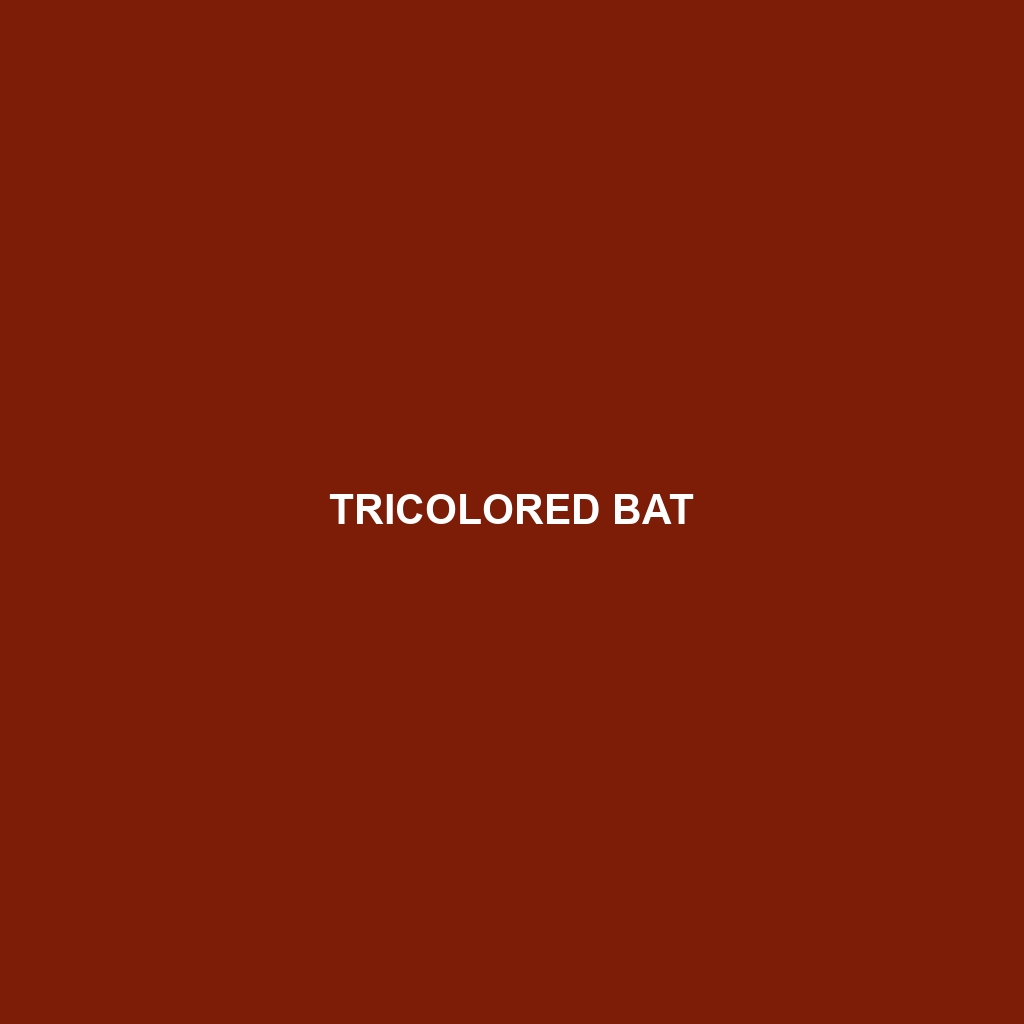Tricolored Bat (Scientific Name: Plecotus subflavus)
Common Name: Tricolored Bat
Scientific Name: Plecotus subflavus
Habitat
The Tricolored Bat is primarily found across North America, with its range extending from southern Canada to northern Mexico. This species prefers mature forests, especially those with abundant foliage for roosting and foraging. Its presence is commonly noted in deciduous and mixed woodlands, as well as urban areas where suitable habitats can be found.
Physical Characteristics
The Tricolored Bat is a small bat, typically weighing between 5 to 10 grams and measuring around 8 to 10 centimeters in body length. One of its distinctive features is its tri-colored fur, which appears brownish near the base, then lighter in the middle, and dark at the tips. This unique coloration not only distinguishes it from other bats but also helps it blend into its forest surroundings.
Behavior
Tricolored Bats are known for their agile flight and their ability to maneuver deftly through forested areas. They are primarily nocturnal, emerging at dusk to forage for insects. These bats often roost in small groups, hanging in trees or under bridges, and can be observed during migratory patterns in the fall and spring as they seek suitable roosting locations.
Diet
The diet of the Tricolored Bat mainly consists of a variety of flying insects, including moths, beetles, and flies. These bats utilize echolocation to hunt for food, navigating expertly in the dark to locate prey. Their feeding habits significantly contribute to pest control in their habitats, making them an essential part of the ecosystem.
Reproduction
Tricolored Bats have a specific breeding season typically occurring in late spring to early summer. After a gestation period ranging from 50 to 60 days, females give birth to a single pup. Maternal care is crucial, as the mother nurses her pup until it is capable of foraging independently, usually around 4 to 6 weeks of age.
Conservation Status
The Tricolored Bat is currently listed as endangered due to habitat loss and the effects of white-nose syndrome, a fungal disease that has devastated bat populations across North America. Conservation efforts are underway to protect this species and its habitats.
Interesting Facts
1. The Tricolored Bat is often mistaken for other small bat species due to its size and coloration, but its unique fur pattern sets it apart.
2. These bats are capable of consuming hundreds of insects in a single night, making them vital for controlling insect populations.
3. They have been observed roosting in unusual locations, including man-made structures, showcasing their adaptability.
Role in Ecosystem
As insectivores, Tricolored Bats play a vital role in maintaining the balance of their ecosystems. By consuming large quantities of insects, they help to regulate pest populations, benefiting both agricultural and natural landscapes. Furthermore, their presence is indicative of the overall health of their environment, making their conservation critical for biodiversity.
Note: For accurate scientific naming and classification, please ensure the scientific name is verified as it may differ based on the most current taxonomy.
